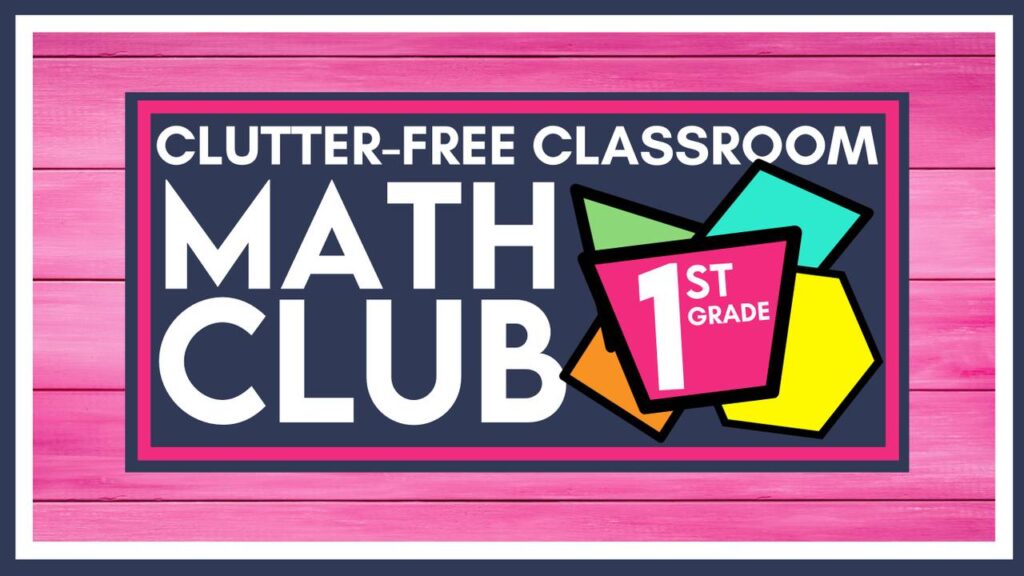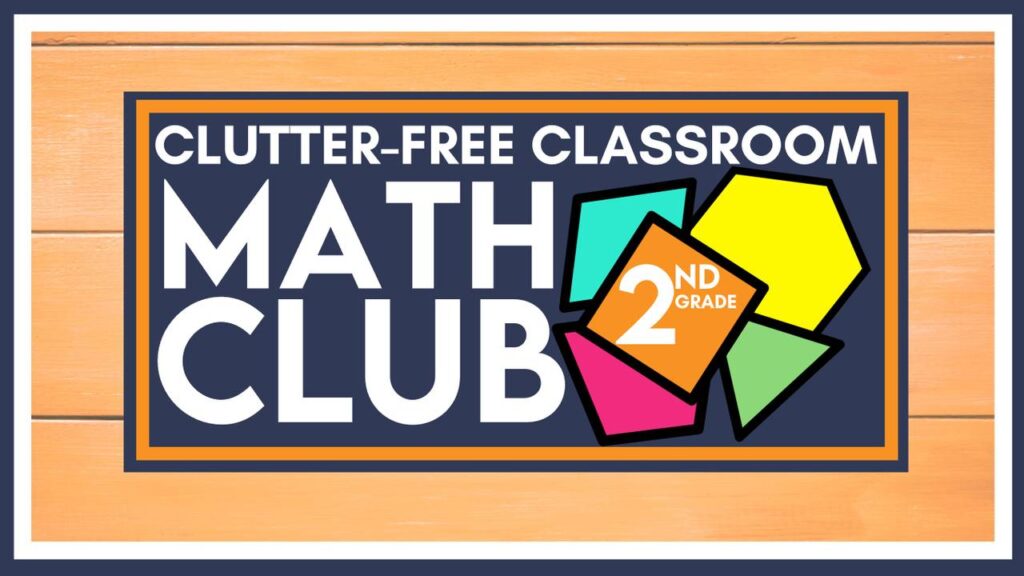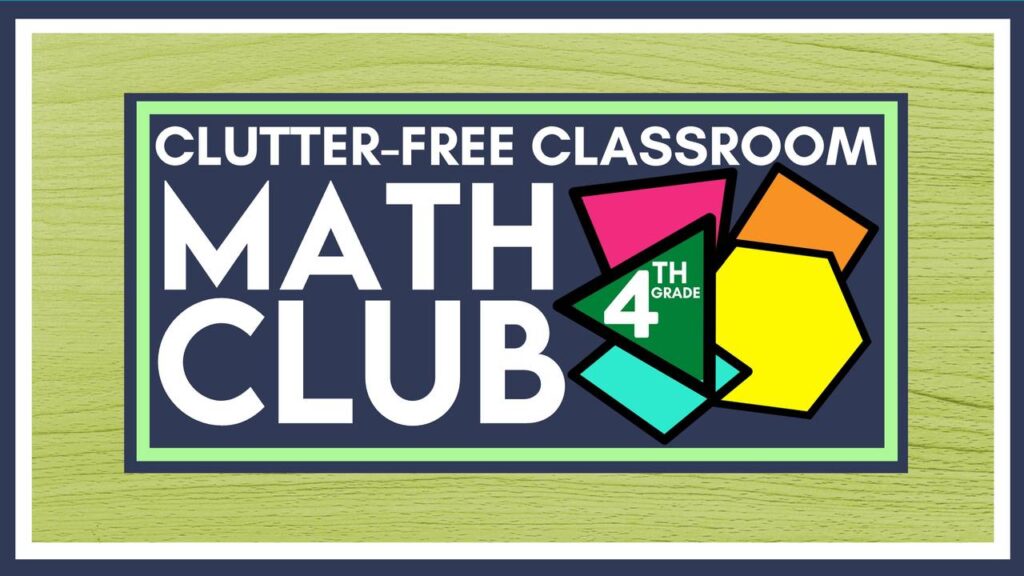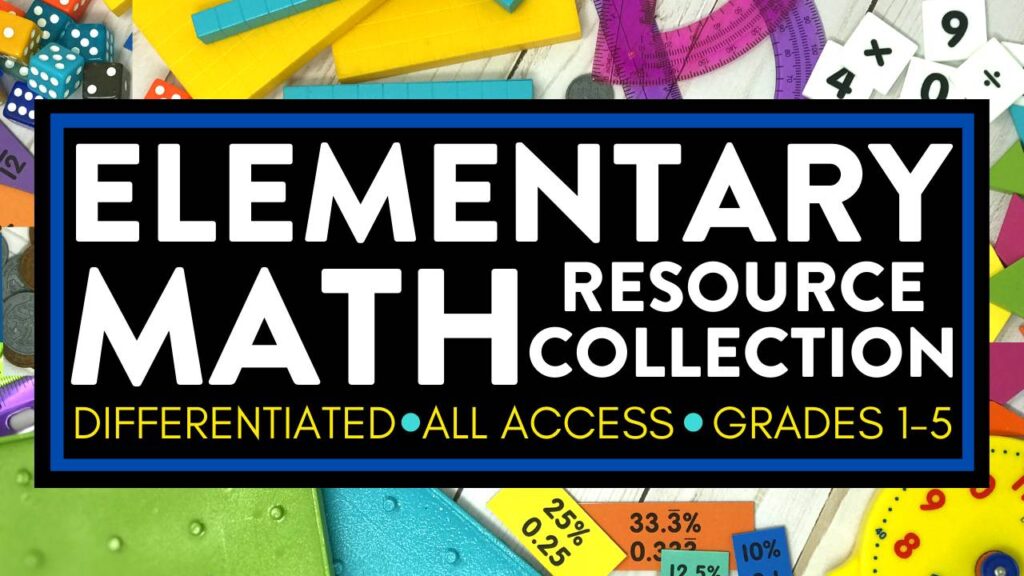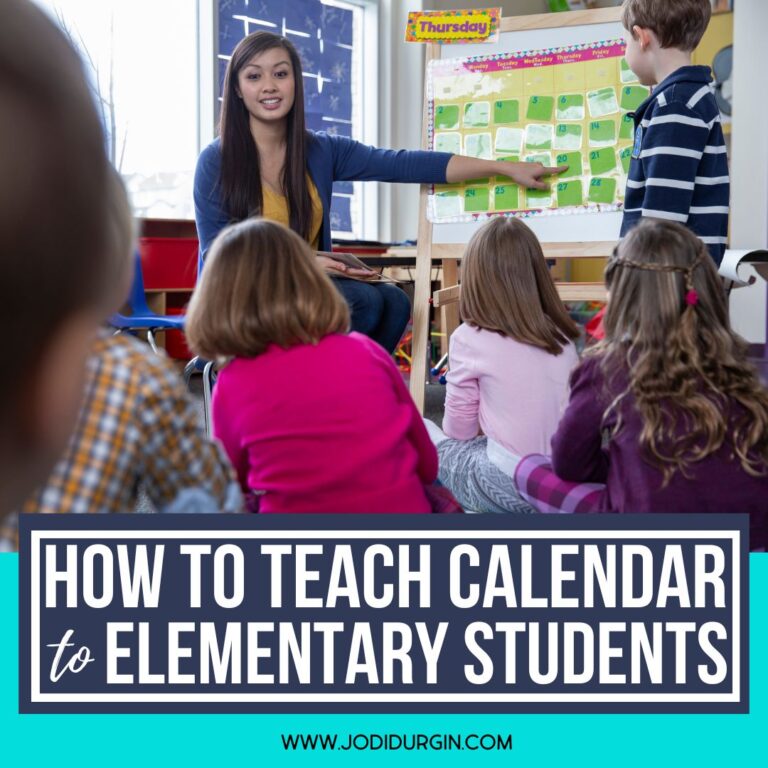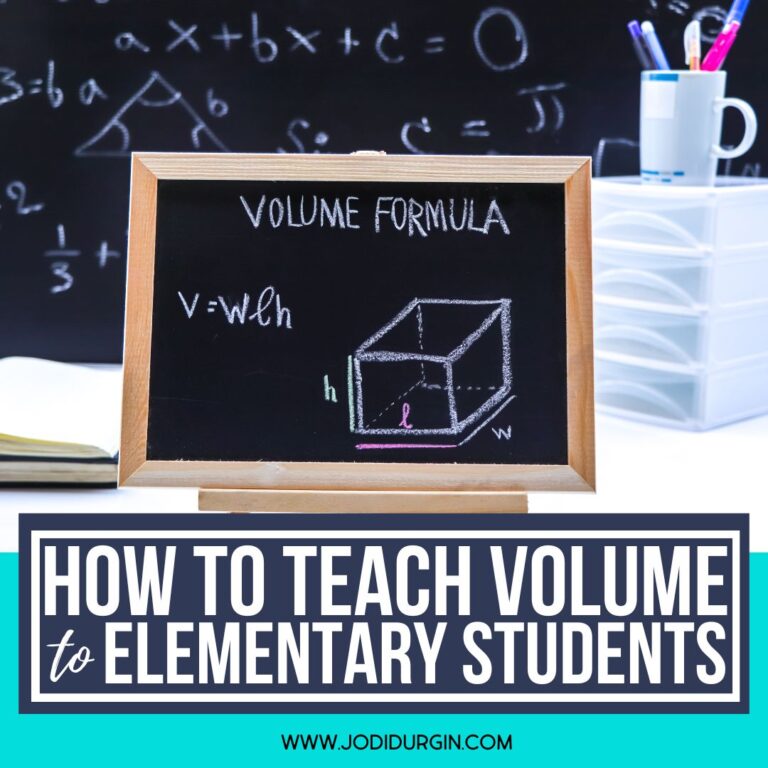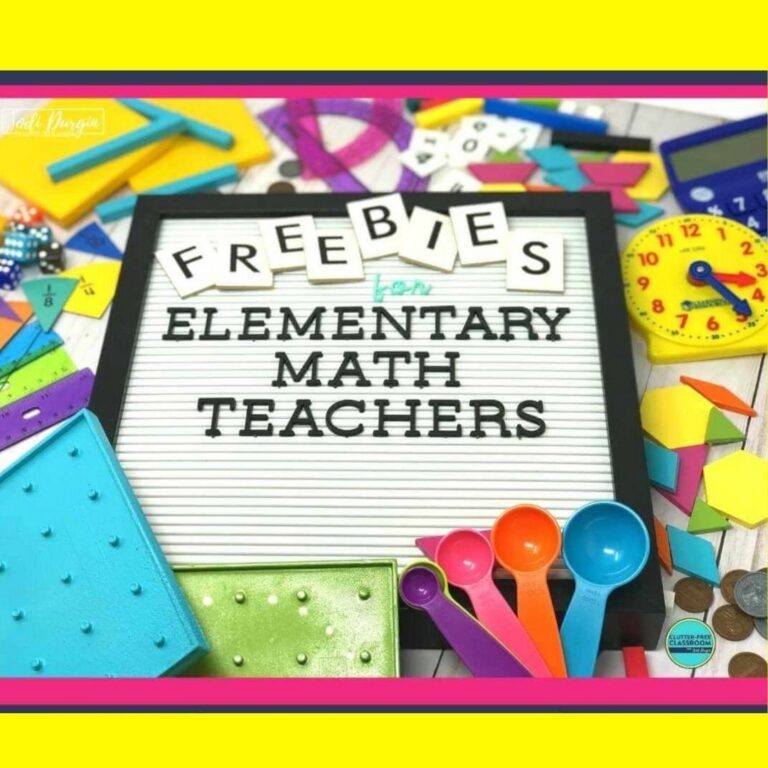If you are an elementary teacher looking for tips and ideas for how to teach multiplication strategies, then you found the right place! Learn what multiplication strategies are, why it’s important, what your students need to know, and get 5 helpful tips for teaching it in a fun and engaging way. Read all about teaching multiplication strategies below!

What are Multiplication Strategies?
Multiplication strategies are tools to help students deepen their multiplication understanding and fluency. In third grade, students will learn that numbers can be multiplied in any order and the product will be the same, three or more factors in a problem can be grouped in different ways and the product will be the same, and multiplying the sum of two or more addends by a number will give the same result as multiplying each addend individually by the number and then adding the products together. In addition, students will explore the commutative, associative and distributive properties.
Why are Multiplication Strategies Important?
It is important for students to learn multiplication strategies because it helps students develop fact fluency. Multiplication fact fluency helps students solve all types of higher-level math problems.
What Multiplication Strategies Skills Do Students Need to Know?
Below are the Common Core and TEKs standards that relate to multiplication strategies that define what students should be able to do by the end of the school year.
Common Core Standards
Below are the CCSS related to how to teach multiplication strategies.
3rd Grade
- Apply properties of operations as strategies to multiply and divide. 2 Examples: If 6 × 4 = 24 is known, then 4 × 6 = 24 is also known. (Commutative property of multiplication.) 3 × 5 × 2 can be found by 3 × 5 = 15, then 15 × 2 = 30, or by 5 × 2 = 10, then 3 × 10 = 30. (Associative property of multiplication.) Knowing that 8 × 5 = 40 and 8 × 2 = 16, one can find 8 × 7 as 8 × (5 + 2) = (8 × 5) + (8 × 2) = 40 + 16 = 56. (Distributive property.) (3.OA.B.5)
- Multiply one-digit whole numbers by multiples of 10 in the range 10-90 (e.g., 9 × 80, 5 × 60) using strategies based on place value and properties of operations. (3.NBT.A.3)
TEKS
Below are the TEKS related to how to teach multiplication strategies.
3rd Grade
- Use strategies and algorithms, including the standard algorithm, to multiply a two-digit number by a one-digit number. Strategies may include mental math, partial products, and the commutative, associative, and distributive properties; (3.4G)
5 Tips for How to Teach Multiplication Strategies
Below are 5 helpful tips for teaching multiplication strategies to elementary students.
1. Read Aloud Picture Books that Teach Multiplication Strategies
Reading aloud picture books is a great way to integrate literacy into your math block and present information in a different way. Our favorite picture books for teaching multiplication strategies are Each Orange Had 8 Slices: A Counting Book by Paul Giganti Jr., The Hershey’s Milk Chocolate Multiplication Book by Jerry Pallota and Too Many Kangaroo Things To Do by Stuart J. Murphy. Check out the full list of math picture books we recommend!
2. Offer Hands On Learning Experiences
Hands-on math experiences help students make connections, remember their learning, and develop a deep conceptual understanding of the content. You can make any lesson interactive and engaging by offering math manipulatives. Our favorite math manipulatives for teaching multiplication strategies are dice, dinosaur counters, bear counters, bug counters and number tiles.
3. Explicitly Teach Related Math Vocabulary
Teaching math vocabulary is essential for all students, but it is especially beneficial for students who speak English as a second language and students with learning differences. Key vocabulary terms for multiplication strategies are associative property of multiplication, commutative property of multiplication, distributive property, multiplication, multiplier, groups of, identity property of multiplication, product, partial products, array, equations, strategy, unknown, whole numbers, factor, multiplication equation and multiply.
4. Give Students Opportunities to Apply Multiplication Strategies to the Real World
Learning becomes more meaningful when students understand how it connects to the real world. Students are more engaged and invested in their learning. Some examples of ways we use multiplication strategies in the real world are to calculate arrival times, the amount of weeks in a month, while photographing and when determining the area of a space. Project based learning and word problems are examples of opportunities for students to apply their learning to real world situations.
5. Encourage Parent Involvement
Parent participation in math is essential because it impacts students’ attitude toward math, proficiency levels this school year, and future success in their math education. Be sure to keep communication open with families and share ways they can support their children in their math learning. Some examples of ways they can practice multiplication strategies at home are to quickly count how many total eggs are in a container or total up the final score of a board game.
In closing, we hope you found this information about how to teach multiplication strategies helpful!

